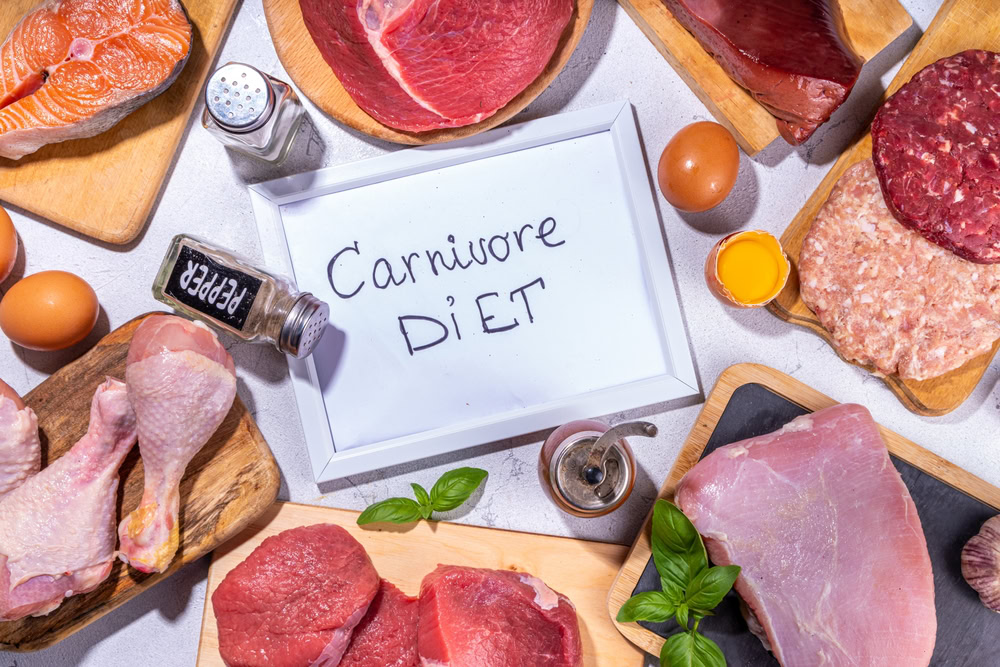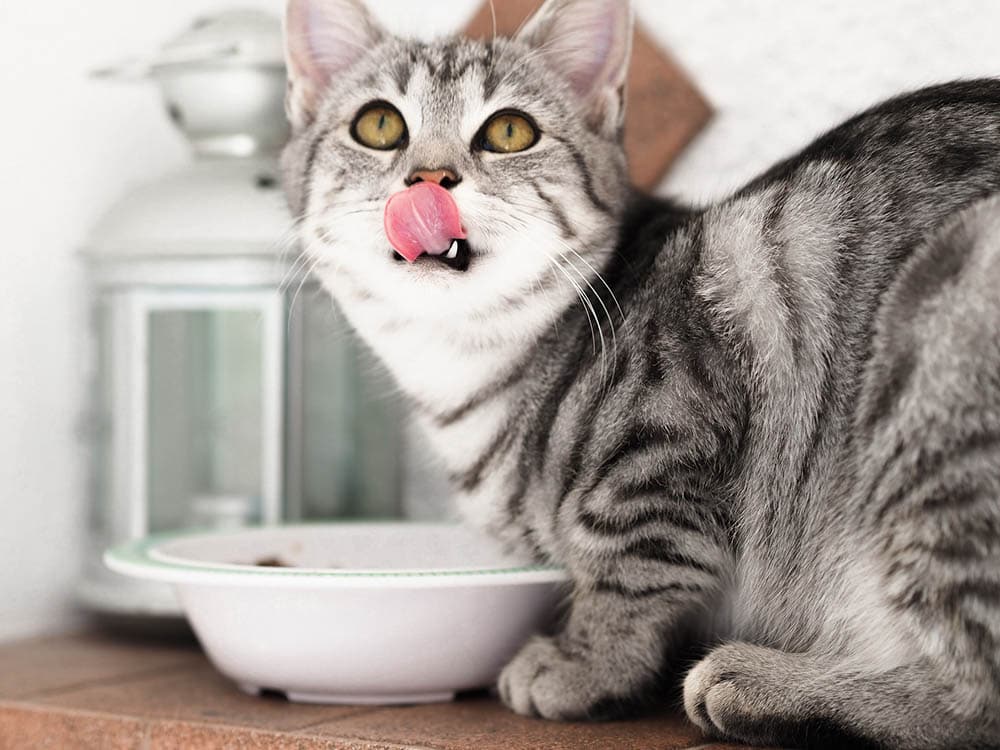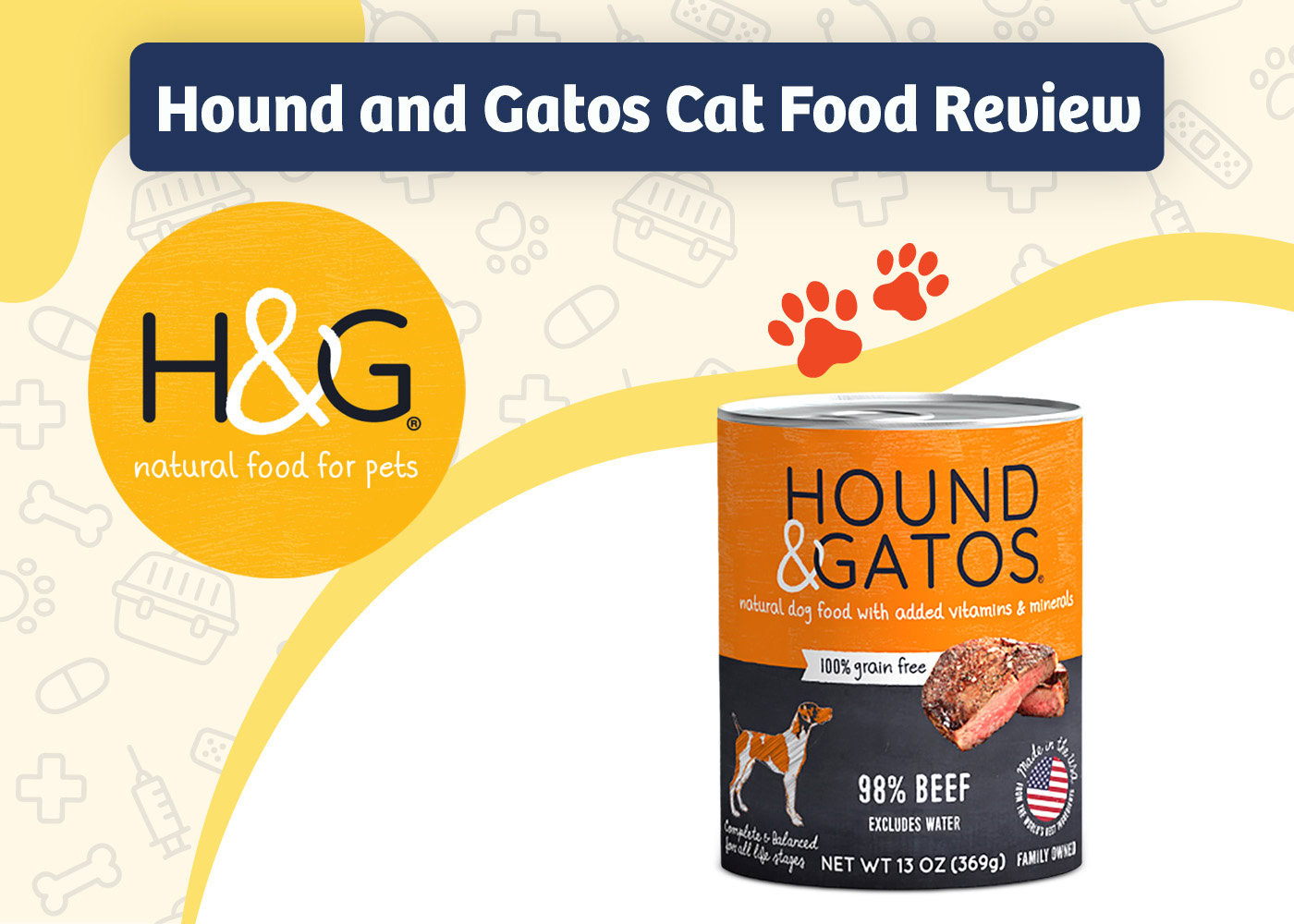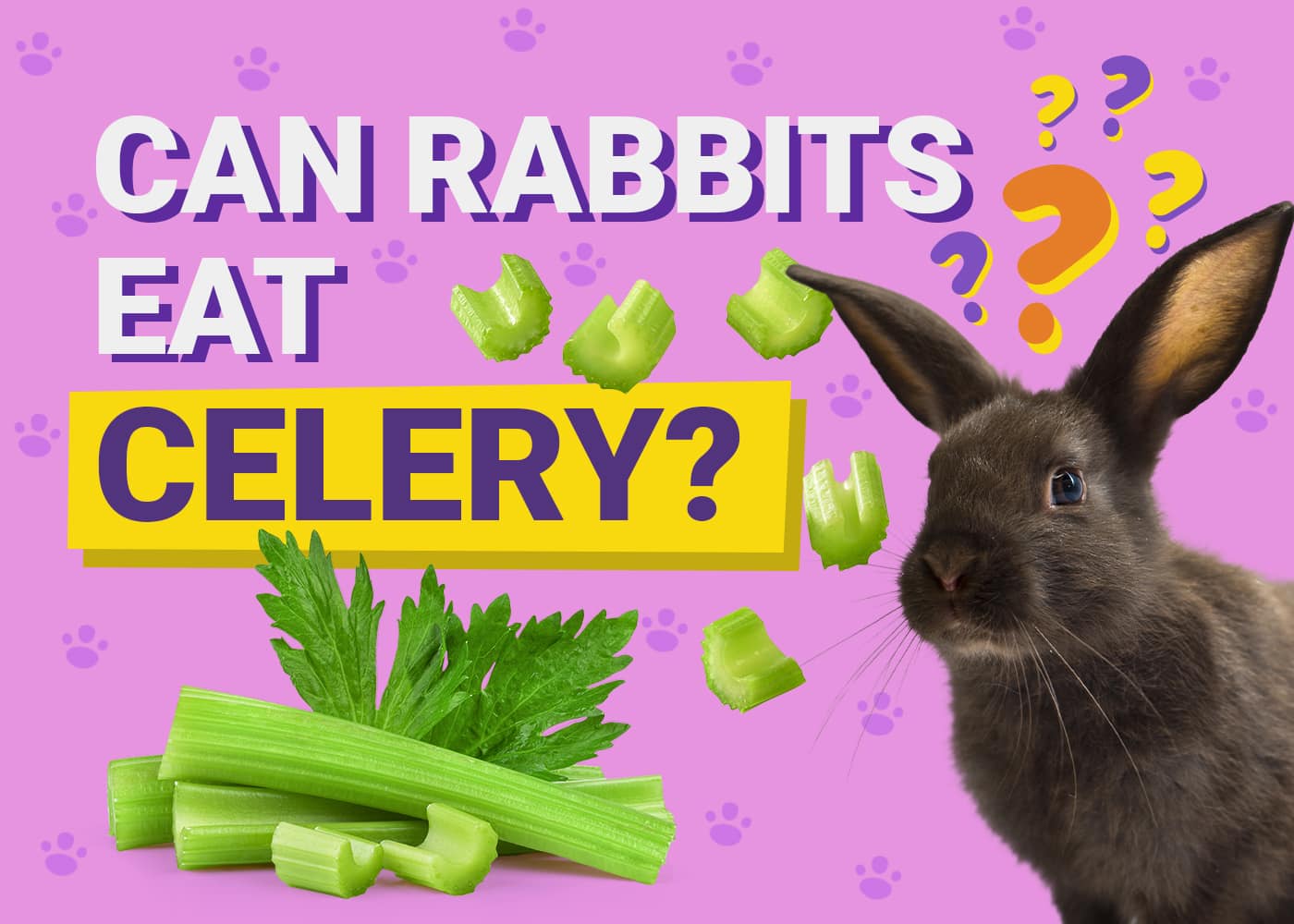VET APPROVED

The information is current and up-to-date in accordance with the latest veterinarian research.
Learn more »Click to Skip Ahead
Cats thrive on a high-protein diet. However, that does not mean that a food is good for your kitty simply because it has high protein levels— it’s the source of the protein that matters. So, which are the best sources of protein for cats?
Before we answer that question, it is essential first to evaluate a cat’s natural diet, as it determines the ideal protein sources for the animal.
Like their wild cousins, house cats are also obligate (true) carnivores, meaning they rely entirely on animal flesh to obtain the nutrients they require to survive. Dogs are not obligate carnivores, which is why they can ingest plant-based foods without suffering any consequences. However, cats lack the necessary physiology to synthesize certain nutrients from precursor components, and they must ingest them directly from their food. Some examples include taurine and vitamin A, both of which a dog can make if they are provided with the right precursors like cysteine and methionine to make taurine and beta carotenes and convert them into vitamin A.
As such, animal flesh is the best source of protein and other essential nutrients for cats.
Therefore, whether you are buying commercial cat food or preparing your cat’s food at home, ensure that it is flesh-based. With that said, the following are the best animal-based protein sources for cats.
The 5 Best Protein Sources for Cats
1. Poultry
Compared to other protein sources, poultry is more affordable and easier to produce. This is why, for the purpose of this post, we will consider that the best high-protein cat foods are the ones that contain chicken, turkey, or duck. While chicken is a “white meat” and not a “red meat” like the small mammals that were the staple diet of our domestic cat ancestors, this is still a good protein source for cats.
A complete and balanced meal for cats will usually include chicken heart and liver because these are the main sources of vitamin A and taurine. So, while this is perhaps not something you will consume, your cat needs it.
Please note that while feeding plain chicken breast to your cat as a treat, this by itself is not enough for your cat to obtain all the nutrients they require to stay healthy.
2. Beef
Beef is another popular protein source for cats. This red meat is rich in taurine and iron. A complete and blanched beef-based meal for cats should also include some organ meats and a carefully selected cut to provide the right balance of proteins and fat, as some beef cuts are simply too fatty for a cat. Ground bone is usually included to ensure a correct calcium to phosphorus ratio.
The main downside of beef is that this protein is not a very green option, as the production of 1 kilogram of beef has a significant environmental footprint, including habitat destruction and the use of land and water to produce their feed, plus the greenhouse gas emissions that cattle produce.

3. Pork
Pork is another great protein source for cats. However, avoid feeding highly processed pork products such as ham and bacon to your cat due to their high fat content and the fact that they do not contain all the nutrients cats need to thrive. A pork-based diet for cats should include meat and organ parts, as well as some grated bone to mimic how cats in the wild ingest full prey.

4. Lamb and Veal
Lamb and veal are excellent sources of proteins for cats. However, these meats are pricier than other protein sources. This is because their production is less common than that of more regular protein sources consumed by humans, such as chicken, beef, and pork. However, in recent years, lamb and veal have gained popularity as protein sources in pet food because they are a good alternative for cats with allergies to more common protein sources.
5. Fish
Another great protein option for cats is fish. Several fish species are a great source of omega-3 fatty acids in the form of DHA and EPA, which have several health benefits for cats and are essential for the brain development of kittens. This is the reason why even cat foods based on different proteins might include fish oil in their ingredients.
As a protein source, fish is a great option for cats, but like other proteins, it should be included in a complete and balanced recipe. Fish filets on their own can not provide all the nutrients your cat needs to thrive. However, baked, grilled, or smoked salmon, cod, and haddock are great treat options for them. And there is no reason not to offer your cat a canned anchovy or two if they are behaving particularly well. Just please ensure no onion, garlic, or any other toxic ingredients are used in the preparation or recipe ingredients.
- NO MESS - The 360° tray on this cat food and water bowl set has a raised design to catch and...
- WHISKER FRIENDLY - Shallow and wide metal containers with flat bottoms ensure your kitty can enjoy...
- CHEW-SAFE MATERIALS - Kittens and cats love chewing on silicone and soft rubber - but it's a choking...
Knowing exactly what your feline companion can and cannot eat will help you become the best pet parent. Recognizing that not all cat bowls are equal is also key! The Hepper NomNom Cat Bowl sets itself apart from traditional options by catering to the specific needs of cats. The innovative design offers whisker relief via shallow dishes and promotes digestion with a slight bowl elevation. Find out if the Hepper NomNom is right for your cat by clicking here.
At PangoVet, we’ve admired Hepper for many years and decided to take a controlling ownership interest so that we could benefit from the outstanding designs of this cool cat company!

How to Choose Commercial Cat Food With the Best Protein Source
If you prepare your kitty’s food at home, you cannot go wrong with the above sources as long as your recipe is created by a veterinary nutritionist to include all the necessary nutrients that your cat needs. Keep in mind that in order to achieve this, you might need to include a supplement powder on it. Likewise, if you are buying commercial cat food, you must make sure that you are getting the best high-protein cat food. Be on the lookout because commercial foods often contain ingredients that are unnecessary and not ideal to feed your cats.
As such, it is crucial to learn how to read and understand cat food labels. For starters, you want the label to indicate the source of its protein. Avoid products saying their protein comes from “poultry meal,” “fish meal,” or “ meat byproducts.” This is because they do not state where they source their protein specifically. That means that the meal could be made from any part of the animal, and moreover, these mystery meats might even include things like endangered turtles, or shark species without them being declared.
Another issue with meat meals is that they are ultra-processed, and because of the high temperatures they are subjected to, they contain a very high amount of oxidative components known as advanced glycation end products or AGEs, which have been linked to inflammation and disease development. Therefore, you want a cat food that names its protein sources, such as turkey or chicken. That tells you the protein has not been mixed or processed with anything else.
Just as is the case with human food labels, cat food labels also list their ingredients in order of volume, with the first five ingredients forming the bulk of the food. As such, you want your cat’s food to have the proteins above listed first.
It is best to opt for less processed and gently cooked foods, which also have the advantage of being moisture-rich and will therefore help to keep your cat nurtured and hydrated.

Final Thoughts
Now you know the best protein sources for cats. But keep in mind that your cat may have their own preferences as to what protein source they like best, and some cats can be allergic to certain proteins. So, you may have to try out different foods to figure out what your cat likes best, or consult your veterinarian if your cat has a protein allergy for alternative recommendations.
Related Reads:
- Can Cats Drink Lactose-Free Milk? Vet Approved Health & Safety Guide
- Can Cats Drink Goat Milk? Vet-Reviewed Facts & Safety Guide
Featured Image Crediting: Laura Chouette, Unsplash













